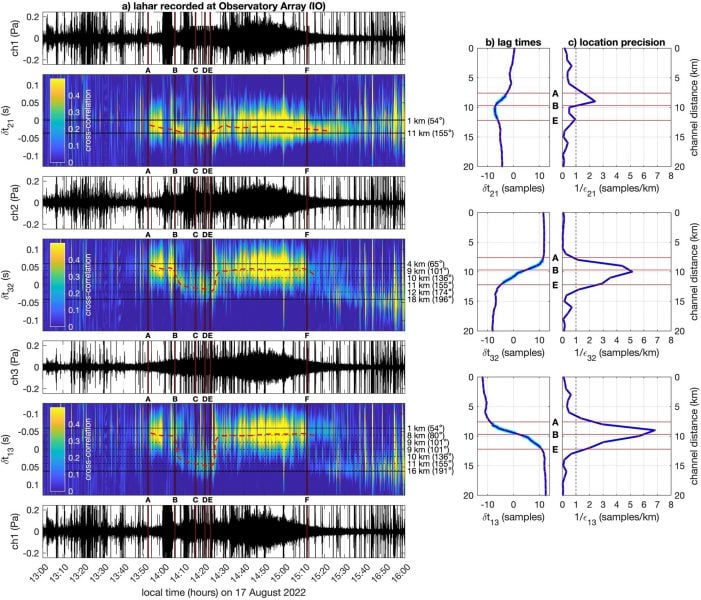The National Science Foundation mentioned Michigan Tech in a story about a study showing that infrasound remote sensing technology is an effective way to monitor catastrophic volcanic mudflows. Rudiger Escobar Wolf and Greg Waite (GMES) and Ph.D. student Gustavo Bejar Lopez (geology) are co-authors of the study, which was published in Nature Scientific Reports. NSF’s story was picked up by EIN Presswire.
The study is a collaborative effort by scientists at Boise State University, the Instituto Nacional de Sismología, Vulcanología, Meteorología e Hidrología in Guatemala, and Michigan Technological University, and is funded by the U.S. National Science Foundation.
Johnson, J.B., Roca, A., Pineda, A. et al. Infrasound detection of approaching lahars. Sci Rep 13, 6476 (2023). https://doi.org/10.1038/s41598-023-32109-2
